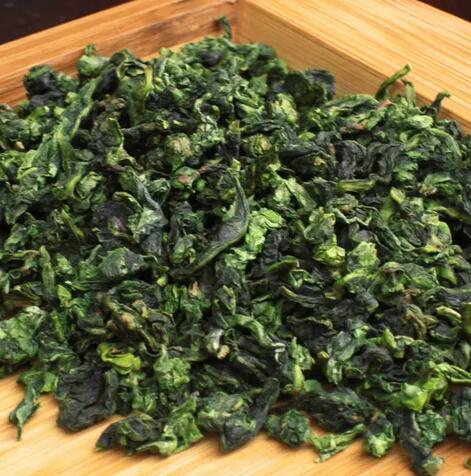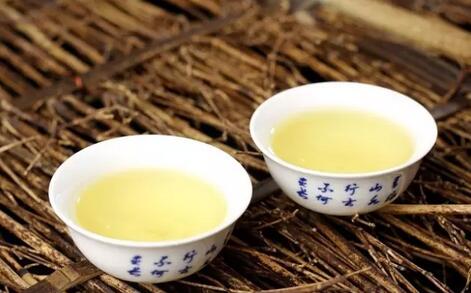
Guide: For the preservation of Tieguanyin, it generally requires low temperature and vacuum sealing to maintain the tea's color, aroma, and taste in the short term. However, in practice, why does the tea often lose its original qualities even after a short storage period?
How can Tieguanyin tea be preserved well?
1. The degree of drying after tea fermentation
Current tea production techniques are shifting toward light fermentation, with Gande tea being a typical example. In light fermentation, the tea easily exhibits a high orchid fragrance, and usually, the tea is not dried too thoroughly, retaining some moisture. Such tea must be stored at low temperatures and sealed to minimize the effects of moisture.
2. The degree of fermentation during tea production
If fermentation is controlled just before reaching its peak during production, the tea can undergo post-fermentation over time, allowing for longer preservation. If the tea is fermented beyond the peak initially, storage conditions must inhibit post-fermentation by controlling temperature and limiting air exposure. If the tea has already passed its fermentation peak, it becomes difficult to achieve premium quality.

Generally, the Tieguanyin tea we buy comes in 7-gram vacuum-sealed packages. If packaged this way and stored in an outer container, it should be kept in a cool, dark place. For the best preservation results and longest shelf life, it is recommended to store it in a freezer at -5°C. However, as a beverage, even compressed and dried Tieguanyin tea cannot be preserved indefinitely.